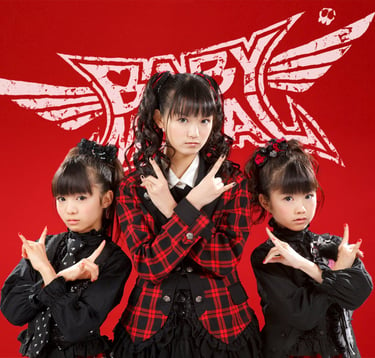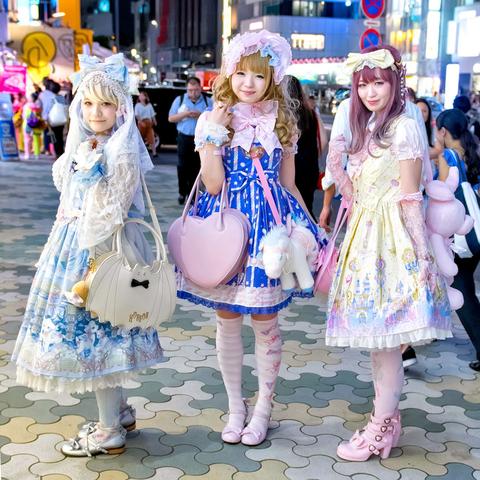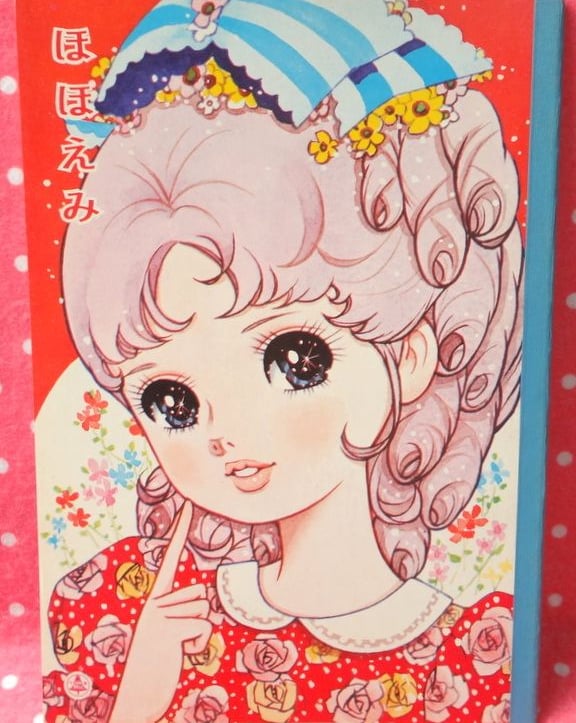
An introduction and explanation of the origions of Kawaii metal
What Is Kawaii Metal?
According to Wikipedia Kawaii Metal (also known as cute metal or idol metal) is a musical genre that blends elements of heavy metal and J-pop that was pioneered in Japan in the early 2010s. Kobametal from the Amuse talent agency produced the band BabyMetal who are accredited for being the pioneers of this new genre of music.


BabyMetal
Unlike traditional Heavy Metal bands BabyMetal's vocals are backed by heavy metal instrumentation, performed by a group of session musicians known as the "Kami Band" at performances. The band's lyrics also differ in typical metal fashion by focusing on much lighter context like love and pleasure rather than pain or death.
The Japanese word for cute, "kawaii" has connotations of shyness, embarrassment, vulnerability, darlingness and lovability. Maybe that's why this high octane trio who bring their own brand of cuteness into the traditionally masculine world of metal that amasses so many willing bodies in it's mosh pits.
A group like BabyMetal might seem like a product of Japan's (often described as) exploitative cultivation of new pop icons, but even if that is the case it still did nothing to hold back its impossibly frenzied riffs and their fans who continue to love them.
In other words, popular culture has finally infiltrated and assimilated into it's own place in Metal history. Down with the Metal Resistance! Embrace the sound!
(2010 -2021)



Kawaii Fashion
Here is where things get truly interesting. Because kawaii is more of a vibe than a set cultural construct it's a much more versatile fashion trend. As long as your look conveys hints of innocence and lovability it works as Kawaii. As a result you have Lolita kawaii, pastel kawaii (pastel goth Kawaii), yami kawaii (dark Kawaii), yume Kawaii, grungy kawaii, or ero kawaii.



Kawaii: A History
So why does this cutsie fashion vibe / trend feel so rebellious? Well, there is an actual answer to that question; but in order to get it we are going to have a little history lesson.
Before the mid-20th century, “Kawaii” was a derogatory term in Japanese, meaning “pathetic,” rather than “cute.” But in the 1970s while punk fashion was rising in the West as it sought to generate visual shock through leather, spiked hair, tattoos, and piercings, the Japanese (especially the women) were donning lace and curls!
This opposing of traditional values and social norms was an act of outright rebellion that accompanied the changing of the times as the Civil Rights Movement, anti-Vietnam War demonstrations, and Japan’s own protests against the revision of the 1951 US-Japan Security Treaty took place.
It was rebellious because it went against the values that required an adult woman to be a pillar of the family, and a model of responsibility and uncompromisingly spotless moral values for her children or future children.
